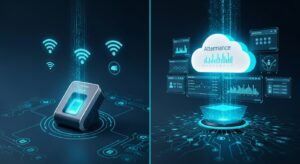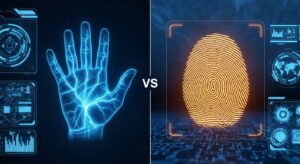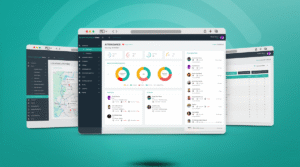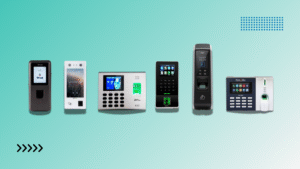The Internet of Things (IoT) connects devices to the internet. These devices can communicate with each other. Biometrics involves using unique body features to identify people. Examples include fingerprints and facial recognition.
When IoT and biometrics combine, they create powerful tools. These tools can improve security and convenience. They can be used in many places like homes, offices, and hospitals.
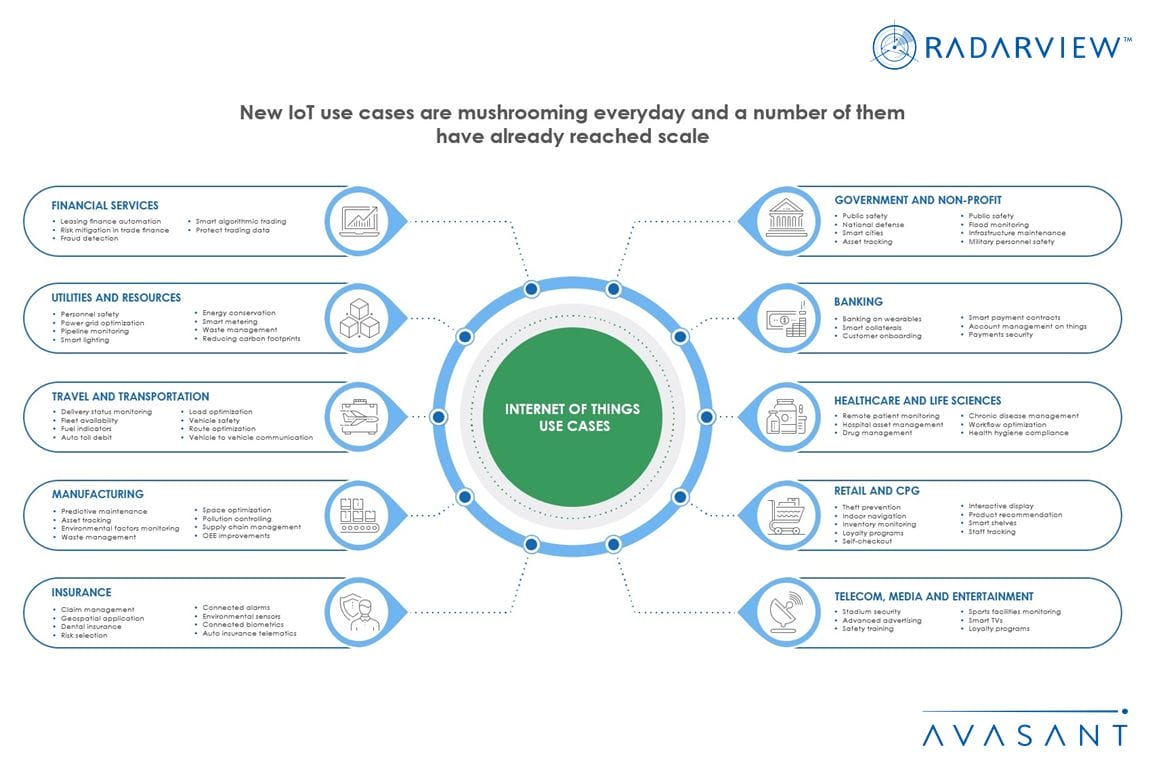
Credit: avasant.com

Credit: www.slideteam.net
How IoT Enhances Biometrics
IoT makes biometric systems smarter. It allows devices to share data quickly. This helps in making better decisions. Here are some ways IoT enhances biometrics:
- Real-time Monitoring: IoT devices can track biometrics in real-time. This helps in quick identification.
- Data Sharing: IoT enables devices to share biometric data. This makes the system more efficient.
- Remote Access: IoT allows remote access to biometric data. This helps in managing systems from far away.
Applications of IoT in Biometrics
IoT and biometrics are used in many fields. They help in making systems more secure and efficient. Here are some key applications:
1. Home Security
IoT devices like smart locks use biometrics. They can recognize fingerprints or faces. This makes homes safer. Only authorized people can enter.
2. Healthcare
Hospitals use IoT and biometrics for patient identification. This helps in providing the right treatment. It also keeps patient data secure.
3. Workplaces
Companies use biometric systems to track employee attendance. IoT devices make this process fast and accurate. They also enhance security at work.
4. Banking
Banks use biometrics for secure transactions. IoT devices help in verifying identity quickly. This reduces the risk of fraud.
5. Transportation
Airports use IoT and biometrics for passenger identification. This speeds up the boarding process. It also enhances security.
Benefits of IoT in Biometrics
Combining IoT and biometrics offers many benefits. These benefits include:
| Benefit | Description |
|---|---|
| Improved Security | Biometrics makes systems harder to hack. IoT adds another layer of security. |
| Greater Convenience | Biometric systems are easy to use. IoT makes them even more user-friendly. |
| Higher Efficiency | IoT devices process biometric data quickly. This saves time and resources. |
| Better Accuracy | IoT improves the accuracy of biometric systems. This reduces errors. |
Challenges and Solutions
Despite the benefits, there are challenges. These include:
- Privacy Concerns: People worry about data privacy. Solution: Use strong encryption and policies.
- High Costs: IoT and biometrics can be expensive. Solution: Use cost-effective devices and systems.
- Complex Integration: Combining IoT and biometrics can be complex. Solution: Use user-friendly platforms and tools.
Frequently Asked Questions
What Is The Internet Of Things (iot) In Biometrics?
IoT in biometrics connects devices to enhance security through sensors and data analysis.
How Does Iot Enhance Biometric Systems?
IoT improves biometric systems by providing real-time data and seamless device integration.
Why Is Iot Important In Biometrics?
IoT is crucial for biometric systems because it boosts accuracy and efficiency.
What Are The Benefits Of Iot In Biometrics?
IoT offers better security, real-time monitoring, and improved user experience in biometrics.



